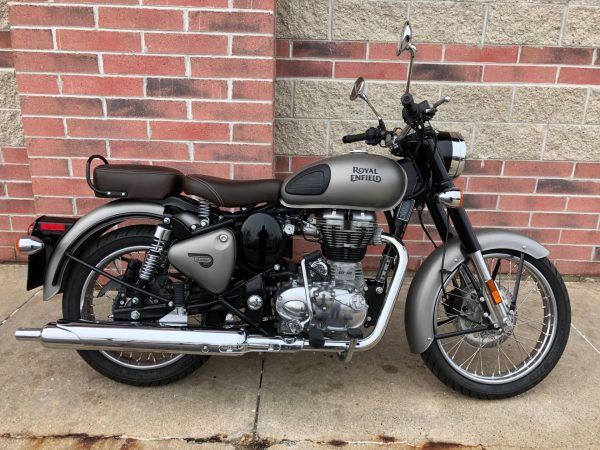Aprilia to compete with Enfields?
There might be an Aprilia model to compete with Royal Enfield Classic 350 which is a top-selling model in its class since launch. A new test mule has been spotted in Europe and it has a similar engine casing as the RS 457. It also features old-school styling and body parts that indicates that the […]
Aprilia to compete with Enfields? Read More »

